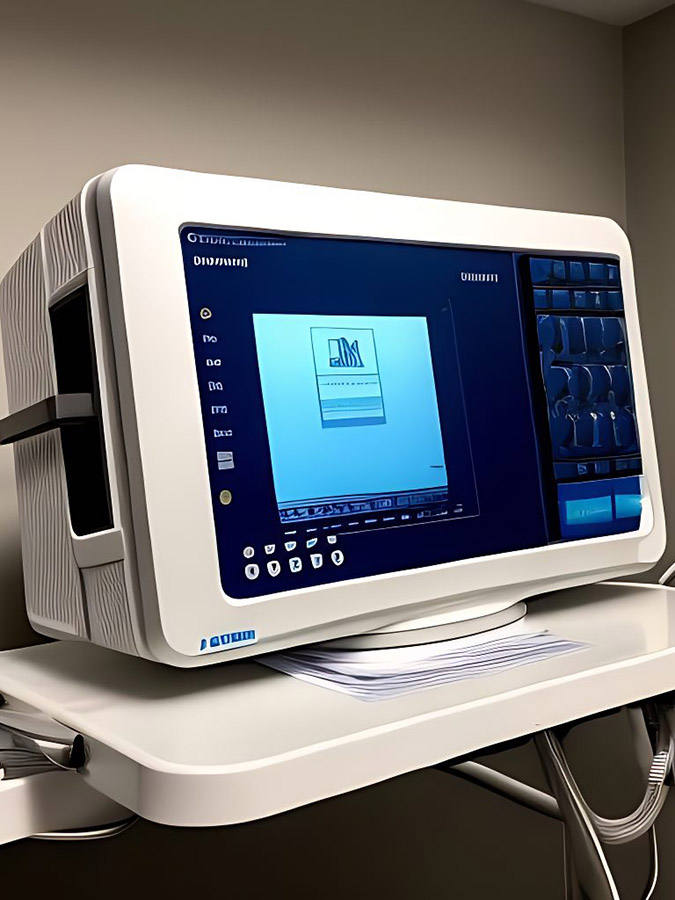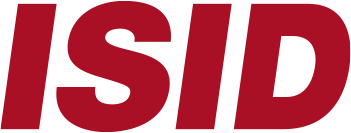The introduction of AI in the healthcare sector has been going on for some years now. But recently it has taken on another dimension, with the advances in artificial intelligence and the capabilities that Machine Learning has proven to have for the medical profession. Advances in diagnostics, treatments and patient monitoring are helping to establish AI as a driving force for modern healthcare.
Better diagnostics & research
Doctors all over the world have to do the same task over and over again: observe the patient’s symptoms, have a look at the possible tests and use their experience and knowledge to find a diagnostic that fits it all, in order to decide on a treatment. But what if there was a quicker way to find a diagnostic, with more information, beyond the knowledge of the MD?
Image diagnostics with AI
Today, when most of the medical imaging is done digitally it was only logical that someone would come up with the idea of having AI analyze the images to make a diagnostic. Especially when an AI can have access to hundreds or thousands of images to compare them and draw conclusions.
Machine Learning, with access to large amounts of clinical documentation, can do what machines are good at: identify patterns and, possibly, make predictions about treatment outcomes or the evolution of the patient’s illness or recovery. This is not only an advantage for the Medical Doctors, but for the whole health sector, as AI could select the best treatment right from the start and save money or time.
Even if the radiologist (or similar) would have to check on the proposed diagnostic and treatment and give his approval, this simplifies the process and saves time. Especially if the AI is right. And, if it’s not, it will learn from the error for the next time.

A smarter HIS

One of the main problems currently is that the different medical images reside in different systems or machines all over the hospital and the patient information usually is in the HIS (Hospital Information System). This difficults the analysis of all the available images, as they are not connected.
Many hospitals use a PACS (Picture Archiving and Communication System) but that presents another set of difficulties, like visualizing video recorded during explorations, MRIs, TACs or ultrasounds, which in many cases is not possible.
Our solution, Videoma Health bridges this gap and allows to integrate not only the PACS with all the medical imaging systems, of any provider, but to connect to the HIS/RIS to get all the patient information associated and, on top, provide the possibility of not only seeing recorded images, but also reproducing video, in any format or codec.
An enhanced Electronic Health Record
Almost all civilized countries use some form or other of an EHR (Electronic Health Record) for all of the patients. This database of information has an incredible value not only for a single patient, as the AI system can access all of his/her historical data to take into account for the current diagnostic, but if the access is global, the conclusions to be drawn for patients with similar symptoms or medical history is invaluable.
Of course, this may collide with privacy laws in many countries, but the benefits are clear. And even if the information is limited to the same hospital, many conclusions could be drawn regarding treatment successes, duration, and the like. In the end, the AI system would be able to make better recommendations to save more patients, shorten treatments or even find new ways of confronting a certain illness.
Impact on healthcare jobs
Obviously, every time when artificial intelligence or robots enter someone’s profession at first there is certain reluctance and mistrust. Humans don’t like to be displaced from their job. But, in this day and age, AI is entering most of the professions due to its capability of learning and of correlating really big data sets in very little time to arrive to conclusions. The overall short-term predictions is that AI in the health sector is not going necessarily to replace people, but be an additional tool that will help them make better diagnostics than before.
On the other hand, humans are not ready yet to trust their health to a machine, even if it is a very intelligent one. This, if it ever is going to happen, will take a good amount of time. However, having a “second opinion” from a machine that has analyzed hundreds or thousands of cases similar to the one at hand will be invaluable to define the most optimal treatment in many cases. And, as people become accustomed to this and the hit rate climbs, so will trust. So health care workers should not feel immediately threatened, but instead see AI as a new tool to use in their profession to do a better and, maybe, quicker job.

Conclusion
Artificial Intelligence and Machine Learning are taking a foothold in the medical and healthcare professions, to help make diagnostics, control treatments and, in general, give a second opinion based on hundreds or thousands of previous and similar data points, to reach the best conclusions, diagnostics and treatments.
